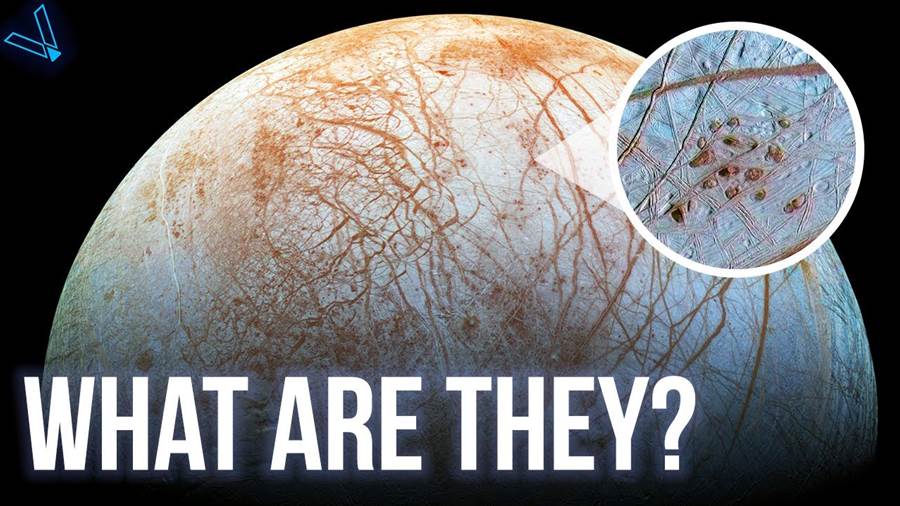
NASA recently made a groundbreaking discovery on Jupiter's moon Europa that has left scientists in awe. The findings from the Hubble Space Telescope show strong evidence of water vapor venting from the icy surface of the moon. This finding is significant because it suggests that Europa's subsurface ocean, which is believed to contain twice the amount of water on Earth, may be accessible from the moon's surface.
Scientists have been interested in exploring Europa for many years due to its potential for hosting life. The presence of a subsurface ocean and the possibility of hydrothermal vents similar to those found on Earth's seabed make Europa a prime candidate for supporting life forms.
The Hubble Telescope's observations, combined with previous data from the Galileo spacecraft, have provided compelling evidence of water vapor plumes on Europa. The plumes were detected in the moon's southern hemisphere and can reach heights of up to 200 kilometers. This finding confirms that Europa is an active moon with a dynamic ocean that interacts with its surface.
Scientists point out the significance of these findings, as studying these water plumes can provide crucial information about Europa's subsurface ocean.
The discovery of water vapor plumes on Europa also has implications for future missions to the moon. The Europa Clipper mission, scheduled to launch in the 2020s, aims to conduct detailed reconnaissance of Europa's surface and subsurface. The presence of water plumes means that future spacecraft can fly through these plumes, gathering data and potentially collecting samples of water vapor and icy particles.
In conclusion, NASA's recent discovery of water vapor plumes on Jupiter's moon Europa is a groundbreaking finding. This evidence confirms the presence of an active subsurface ocean and opens up opportunities for further exploration and study. Europa continues to intrigue scientists as a potential host for life, and these findings bring us one step closer to unraveling the mysteries of this icy moon.








